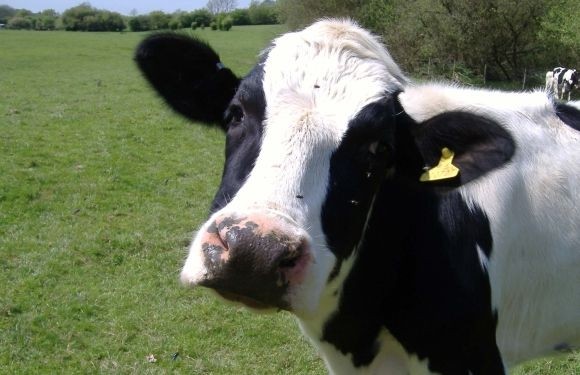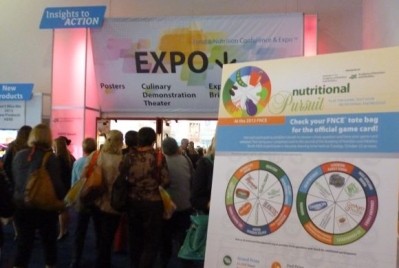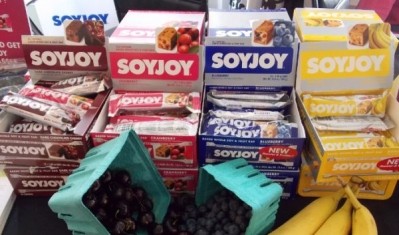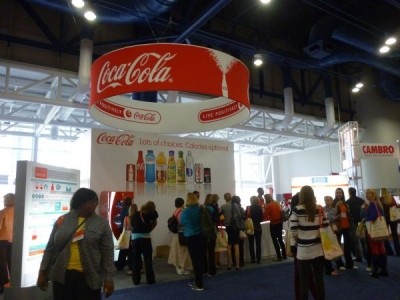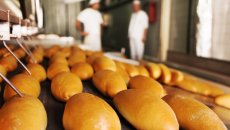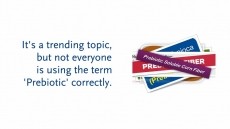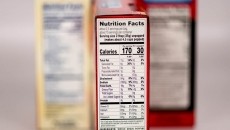Would a sustainable diet include dairy products?
While some scientists have argued that if we want to feed 9bn people by 2050, they will need to be on a predominantly plant-based diet, National Dairy Council executive VP Dr Gregory Miller told delegates that sustainable diets are not just about producing the maximum number of calories with the lowest GHG emissions.

Sustainable diets are also about nutritional adequacy, he said, and the dairy industry - which accounts for 2.7% of global greenhouse gas emissions (compared with 14.5% for the livestock industry) - is a key contributor of nutrients such as protein, calcium, potassium and vitamin D.
Cows eat roughage humans can’t digest
Meanwhile, productivity in the US dairy industry has increased dramatically since World War II, he said, showing a graph revealing that the water and land required to produce a gallon of milk had fallen by 65% and 90% respectively since 1944, while the carbon footprint of that gallon had dropped by 63%.
One aspect of the debate often overlooked by those arguing that dairy is unsustainable is that cows eat by-products of food production such as almond shells and citrus peel, he said.
“Cows eat roughage humans can’t digest. They recycle food we can’t eat, and convert it to milk - instead of sending it to landfill.”
Asked by one delegate about the environmental impact of the huge amounts of manure that cows produce, he said: “We understand that manure is a big problem for our industry and we’re looking at new ways to treat it, to produce electricity from it using anaerobic digestors that can turn it into electricity, fuel for trucks, fertilizer and fiber.
“We can also use materials from these digestors for bedding.”
